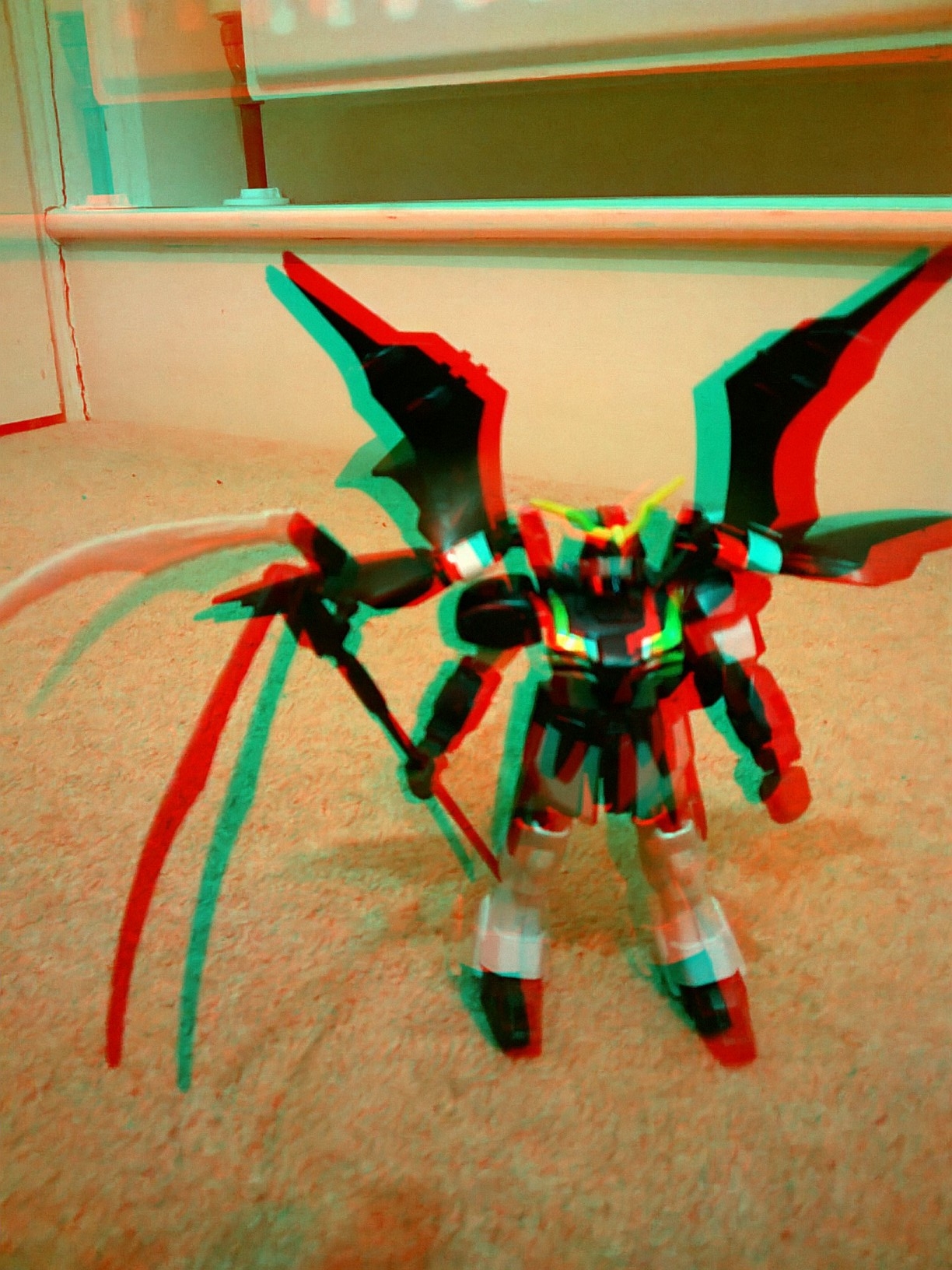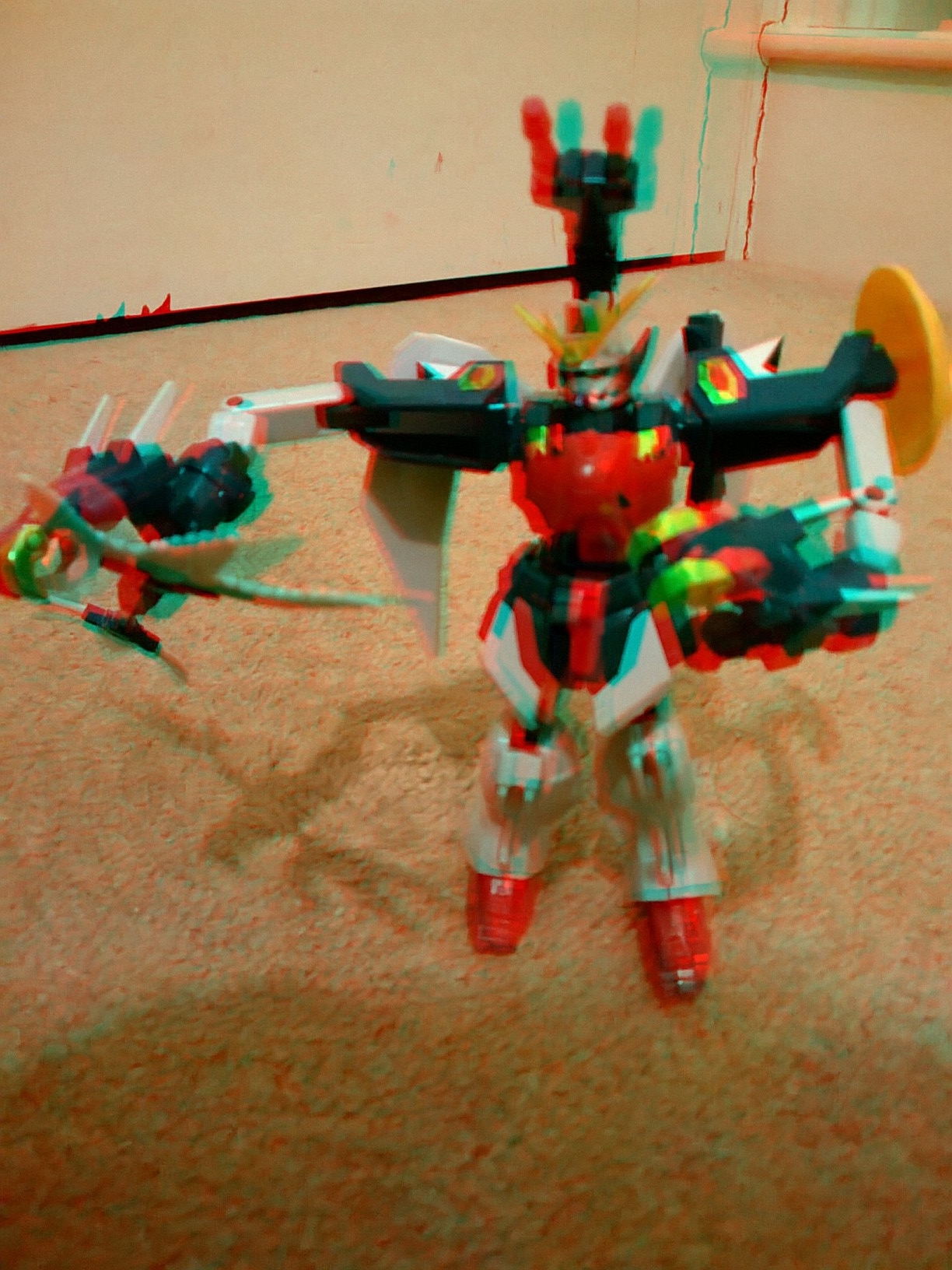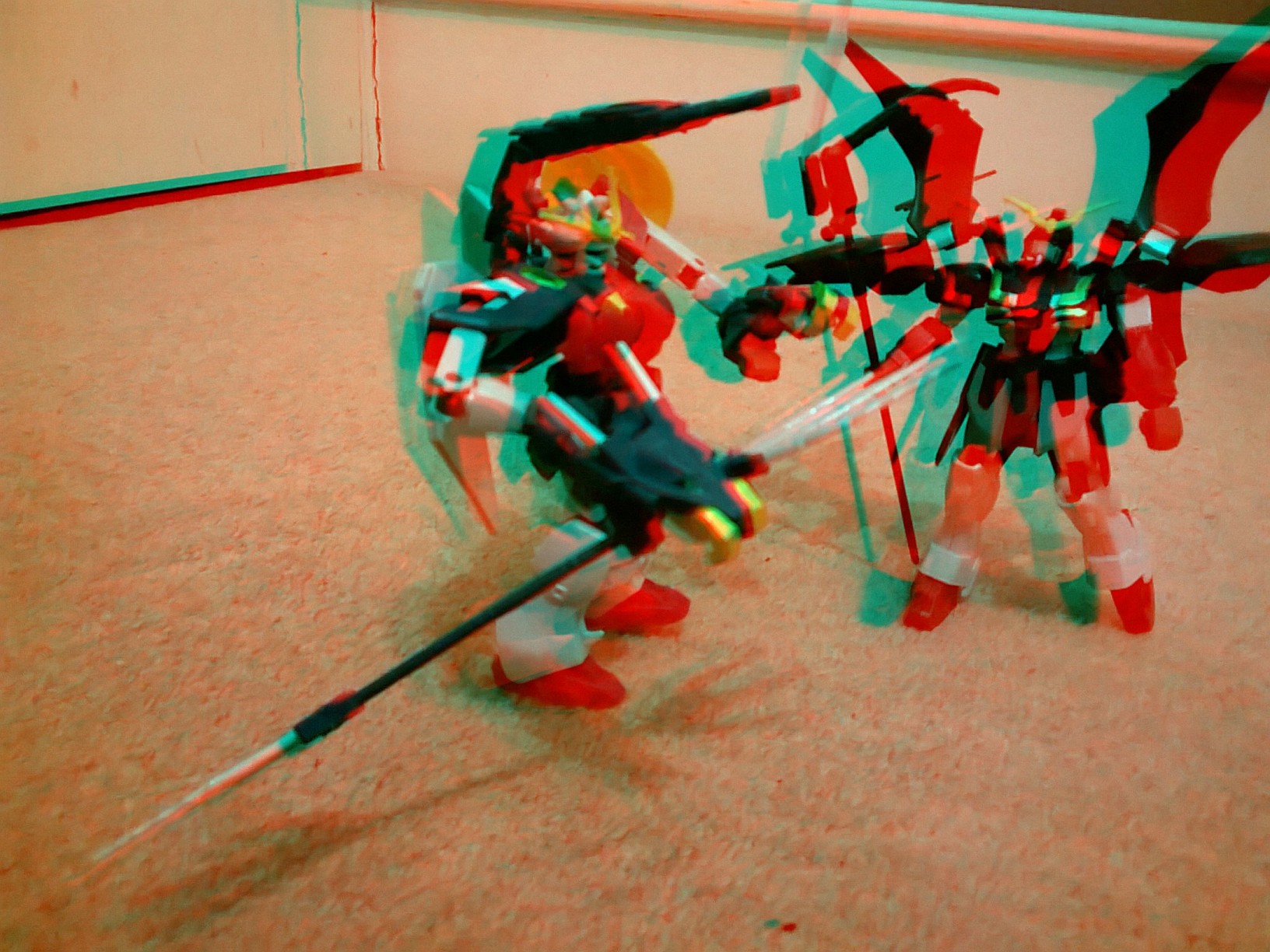To people of a certain age the high point of
pixel art was the 80’s and 90’s. Pixel art was brought
to the mainstream with the release of game consoles in the early eighties and
reached it’s zenith in the 90’s. These decades saw the rise of computer games,
but as the years went by and the computers became more powerful pixel art
became replaced with more polished and smoother graphics and textures. However
in recent years there has been a renaissance in pixel art, fuelled in part by
retro geek-chic but also by smart phones and other digital devices that allow
classic games from bygone eras to be played on the go. Pixel is back baby!
Those 8-bit and 16-bit graphics we all loved
back then often evoke feelings of nostalgia and take us back in time. Nostalgia
aside, pixel art is a wonderful art form in its own right and many of us have
come to love it. With so few pixels to work with pixel artist’s had to make
each one count and count they did, there are many iconic images that are seared
into gamers consciousness. The recent rise in the indie game scene has seen many
new studios and indie developers using the pixel art style to create their
games as it compliment their work and makes game production more accessible and
financially viable. To this end I created a series of lessons where the
children had to produce graphic illustrations using pixel art as their
inspiration. When creating the lessons I was pleasantly surprised by how many
of the children could identify the various old-school pixel art computer
characters, the children easily identified such icons as Mario, Pacman and
Sonic but the more obscure icons such as Samus Aran and Donkey Kong were quickly
recognised too. Pixel art will feature heavily in our game creating sequence of
lesson plans later in the school year but for the meantime here are some examples
of the work the children did.






